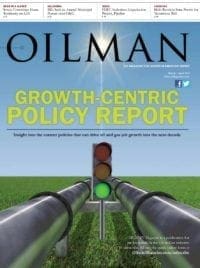The U.S. Environmental Protection Agency (EPA) is proposing to amend requirements under the National Oil and Hazardous Substances Pollution Contingency Plan to improve the nation’s ability to plan for and respond to oil spills.
“Our emergency officials need the best available science and safety information to make informed spill response decisions when evaluating the use of specific products on oil discharges,” EPA Office of Solid Waste and Emergency Response Assistant Administrator Mathy Stanislaus said in a statement. “Our proposed amendments incorporate scientific advances and lessons learned from the application of spill-mitigating substances in response to oil discharges and will help ensure that the emergency planners and responders are well-equipped to protect human health and the environment.”
The proposed revisions include:
New and revised product toxicity and efficacy test methodologies for dispersants and other chemical and biological agents
- New toxicity and efficacy criteria for listing agents on the Subpart J Product Schedule
- Additional human health and safety information requirements from manufacturers
- Revised area planning requirements for chemical and biological agent use authorization
- New dispersant monitoring requirements when used on certain oil discharges
Dispersant manufactures will be able to use a new, well-tested and peer-reviewed laboratory method for determining the effectiveness of their dispersant on two types of crude oils at two temperatures measured against proposed performance criteria. The EPA is also proposing an aquatic toxicity threshold so that products that meet both the performance and toxicity criteria will offer greater performance at less environmental impact.
In addition, the EPA is proposing product chemical ingredient disclosure options and new evaluation criteria and a process for removing products from the Product Schedule.




